Read the latest news on coronavirus in Delaware. More Info
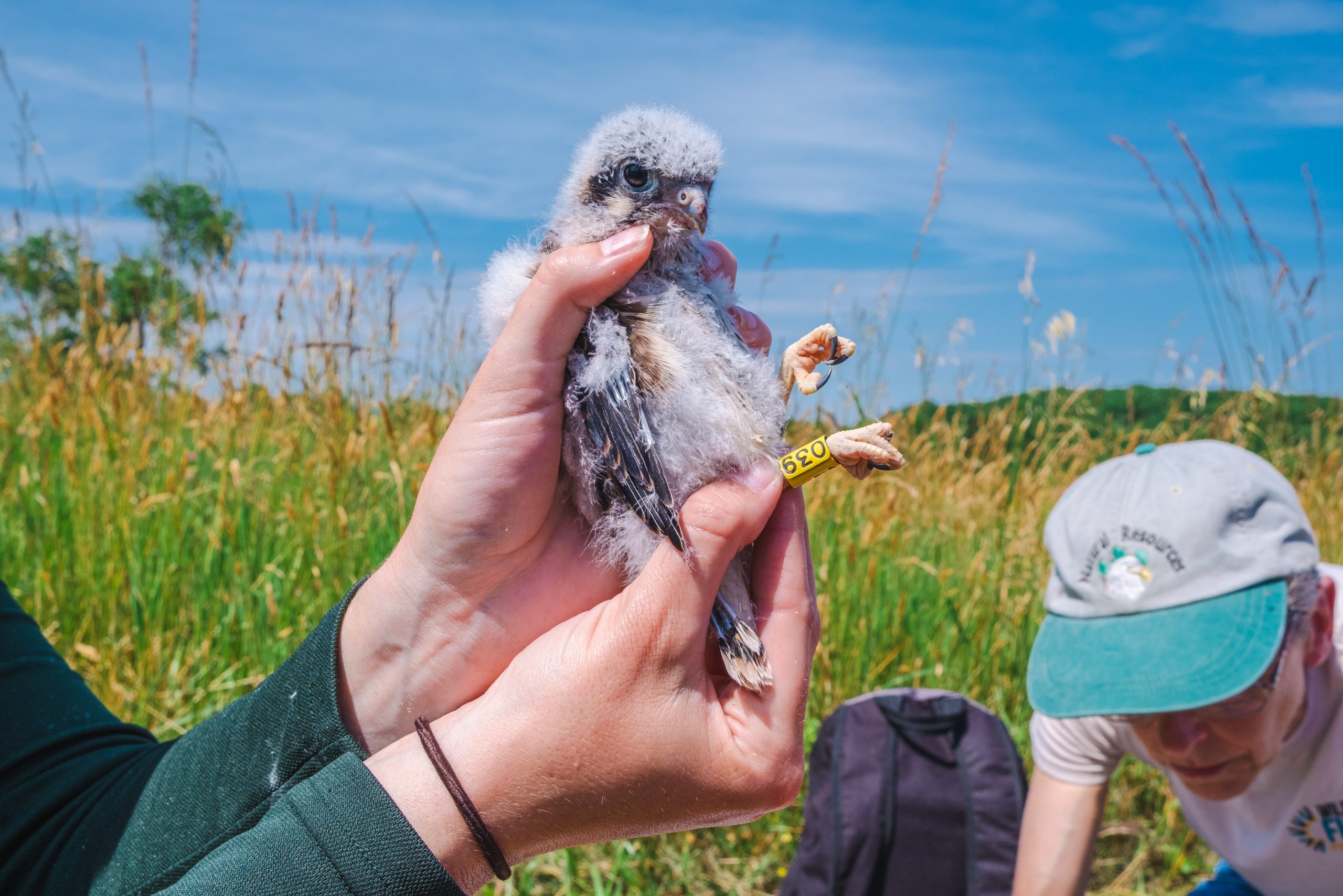
A kestrel chick after receiving its identifying USGS leg-band attached by DNREC raptor, grassland and forest bird biologist Jordan Brown. DNREC photo.
Avian Biologists Gather Data on Species’ Decline Through Nest Box Placement and Banding Program
When an American kestrel nest box at Mt. Cuba Center was recently surveyed for signs of nesting success, the tiny leg bands placed on five healthy chicks by avian biologist Jordan Brown attested that a mating pair of kestrels had indeed succeeded in helping repopulate a species in precipitous decline. This decline has been seen not just in Delaware but across the United States and Canada, most notably in the Mid-Atlantic and New England regions that have experienced up to a 93% population decline since the 1960s. That verification was another milepost moment for the Department of Natural Resources and Environmental Control, which leads the Delaware Kestrel Partnership. It is working to save the American kestrel, the smallest falcon in North America, which was listed as a state endangered species by Delaware in 2013.
DNREC’s response to this fierce little raptor’s plight was swift. Beginning in 2014, the DNREC Division of Parks and Recreation and Brandywine Zoo, with assistance from the DNREC Division of Fish and Wildlife, began installing nest boxes on both private and public lands across the state. The Delaware Kestrel Partnership, a group of conservation agencies and organizations, was formed two years later as a collaborative effort to better understand why kestrels have declined, with the partnership now led by the Division of Fish and Wildlife with assistance from the Brandywine Zoo.
The partnership’s focus continues to be on helping the kestrel rebound from its decline in Delaware, said Brown, who is DNREC’s Wildlife Section raptor, grassland and forest bird biologist, during her team’s recent survey at Mt. Cuba, available at the @DelawareDNREC YouTube Channel.
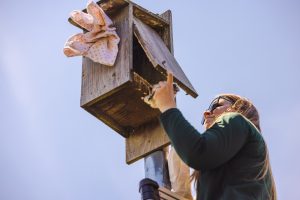
Active nest boxes are visited by Division of Fish and Wildlife and Brandywine Zoo staff, where kestrel adults and chicks are weighed, measured, and banded with unique numbered leg bands as well as field-readable color bands to identify individual birds. Blood samples from kestrels are collected by trained staff with veterinarian oversight and sent to collaborators with Hawk Mountain Sanctuary in Kempton, Pa., to be tested for contaminants and other possible contributors to the kestrel’s decline.
All these efforts gather data that will help DNREC understand where kestrels nest, how far they disperse or migrate, how successful they are at reproducing in Delaware, and how their habitat may be impacting their population levels. Research carried out through the nest box monitoring program will help inform the long-term conservation of the American kestrel and – of equally critical importance, particularly in a smaller state such as Delaware – will guide future habitat management for this strikingly beautiful falcon.
When Brown, the DNREC avian biologist, spoke to Mt. Cuba Center staff and other guests during the chick banding effort, she expanded on the Delaware Kestrel Partnership’s current efforts, how the program has evolved over the years, and the ways her team’s data collection helps conserve this species and achieve the goals of the project, along with demonstrating the banding of chicks and processing of nesting kestrels. She also cited Mt. Cuba as an invaluable partner on the Delaware Kestrel Project – the center has protected over 13,000 acres of natural lands, and currently hosts seven kestrel boxes on their properties, which support at least two active nesting pairs each year.
The next day Brown seized upon another kestrel conservation outreach opportunity at Winterthur Museums and Gardens, which like Mt. Cuba is among the Delaware Kestrel Partnership’s largest landowners that also includes DNREC Division of Fish and Wildlife, DNREC Division of Parks and Recreation, Delaware Nature Society and Delaware Wild Lands. Implicit in her outreach presentation was that the American kestrel can never have too much habitat in Delaware, and while the larger landowners are prominent in providing that habitat, many nest boxes are located on smaller, private lands that can be equally important to the success of the state endangered species conservation program to restore the American kestrel population in Delaware.
The Delaware Kestrel Partnership is planning to add to existing nest box locations in Kent and Sussex counties to obtain a better picture of the statewide status of the American kestrel. Landowners with open spaces such as meadows, grasslands, livestock paddocks or agricultural fields are encouraged to contact the DNREC’s Wildlife Section at 302-739-9912 if interested in hosting a nest box on their property.
A total of 71 kestrel nest boxes from all three counties were monitored in the 2022 nesting season, made possible through the efforts of dedicated volunteers. For more information about the Delaware Kestrel Partnership, including how to volunteer for the program, visit de.gov/kestrels. For more information about private landowners, conservation groups and nonprofit organizations becoming part of the Delaware Kestrel Partnership, contact DNREC’s Avian Conservation Program at 302-735-8658.
About DNREC
The Delaware Department of Natural Resources and Environmental Control protects and manages the state’s natural resources, protects public health, provides outdoor recreational opportunities, and educates Delawareans about the environment. The DNREC Division of Fish and Wildlife conserves and manages Delaware’s fish and wildlife and their habitats, and provides fishing, hunting, wildlife viewing and boating access on nearly 68,000 acres of public land. For more information, visit the website and connect with @DelawareDNREC on Facebook, Twitter or LinkedIn.
Media Contacts: Michael Globetti, michael.globetti@delaware.gov; Nikki Lavoie, nikki.lavoie@delaware.gov
###
Related Topics: American Kestrel, Brandywine Zoo, conservation, Delaware Kestrel Partnership, Delaware Nature Society, Delaware Wild Lands, endangered species, Mt. Cuba Center
Keep up to date by receiving a daily digest email, around noon, of current news release posts from state agencies on news.delaware.gov.
Here you can subscribe to future news updates.

A kestrel chick after receiving its identifying USGS leg-band attached by DNREC raptor, grassland and forest bird biologist Jordan Brown. DNREC photo.
Avian Biologists Gather Data on Species’ Decline Through Nest Box Placement and Banding Program
When an American kestrel nest box at Mt. Cuba Center was recently surveyed for signs of nesting success, the tiny leg bands placed on five healthy chicks by avian biologist Jordan Brown attested that a mating pair of kestrels had indeed succeeded in helping repopulate a species in precipitous decline. This decline has been seen not just in Delaware but across the United States and Canada, most notably in the Mid-Atlantic and New England regions that have experienced up to a 93% population decline since the 1960s. That verification was another milepost moment for the Department of Natural Resources and Environmental Control, which leads the Delaware Kestrel Partnership. It is working to save the American kestrel, the smallest falcon in North America, which was listed as a state endangered species by Delaware in 2013.
DNREC’s response to this fierce little raptor’s plight was swift. Beginning in 2014, the DNREC Division of Parks and Recreation and Brandywine Zoo, with assistance from the DNREC Division of Fish and Wildlife, began installing nest boxes on both private and public lands across the state. The Delaware Kestrel Partnership, a group of conservation agencies and organizations, was formed two years later as a collaborative effort to better understand why kestrels have declined, with the partnership now led by the Division of Fish and Wildlife with assistance from the Brandywine Zoo.
The partnership’s focus continues to be on helping the kestrel rebound from its decline in Delaware, said Brown, who is DNREC’s Wildlife Section raptor, grassland and forest bird biologist, during her team’s recent survey at Mt. Cuba, available at the @DelawareDNREC YouTube Channel.

Active nest boxes are visited by Division of Fish and Wildlife and Brandywine Zoo staff, where kestrel adults and chicks are weighed, measured, and banded with unique numbered leg bands as well as field-readable color bands to identify individual birds. Blood samples from kestrels are collected by trained staff with veterinarian oversight and sent to collaborators with Hawk Mountain Sanctuary in Kempton, Pa., to be tested for contaminants and other possible contributors to the kestrel’s decline.
All these efforts gather data that will help DNREC understand where kestrels nest, how far they disperse or migrate, how successful they are at reproducing in Delaware, and how their habitat may be impacting their population levels. Research carried out through the nest box monitoring program will help inform the long-term conservation of the American kestrel and – of equally critical importance, particularly in a smaller state such as Delaware – will guide future habitat management for this strikingly beautiful falcon.
When Brown, the DNREC avian biologist, spoke to Mt. Cuba Center staff and other guests during the chick banding effort, she expanded on the Delaware Kestrel Partnership’s current efforts, how the program has evolved over the years, and the ways her team’s data collection helps conserve this species and achieve the goals of the project, along with demonstrating the banding of chicks and processing of nesting kestrels. She also cited Mt. Cuba as an invaluable partner on the Delaware Kestrel Project – the center has protected over 13,000 acres of natural lands, and currently hosts seven kestrel boxes on their properties, which support at least two active nesting pairs each year.
The next day Brown seized upon another kestrel conservation outreach opportunity at Winterthur Museums and Gardens, which like Mt. Cuba is among the Delaware Kestrel Partnership’s largest landowners that also includes DNREC Division of Fish and Wildlife, DNREC Division of Parks and Recreation, Delaware Nature Society and Delaware Wild Lands. Implicit in her outreach presentation was that the American kestrel can never have too much habitat in Delaware, and while the larger landowners are prominent in providing that habitat, many nest boxes are located on smaller, private lands that can be equally important to the success of the state endangered species conservation program to restore the American kestrel population in Delaware.
The Delaware Kestrel Partnership is planning to add to existing nest box locations in Kent and Sussex counties to obtain a better picture of the statewide status of the American kestrel. Landowners with open spaces such as meadows, grasslands, livestock paddocks or agricultural fields are encouraged to contact the DNREC’s Wildlife Section at 302-739-9912 if interested in hosting a nest box on their property.
A total of 71 kestrel nest boxes from all three counties were monitored in the 2022 nesting season, made possible through the efforts of dedicated volunteers. For more information about the Delaware Kestrel Partnership, including how to volunteer for the program, visit de.gov/kestrels. For more information about private landowners, conservation groups and nonprofit organizations becoming part of the Delaware Kestrel Partnership, contact DNREC’s Avian Conservation Program at 302-735-8658.
About DNREC
The Delaware Department of Natural Resources and Environmental Control protects and manages the state’s natural resources, protects public health, provides outdoor recreational opportunities, and educates Delawareans about the environment. The DNREC Division of Fish and Wildlife conserves and manages Delaware’s fish and wildlife and their habitats, and provides fishing, hunting, wildlife viewing and boating access on nearly 68,000 acres of public land. For more information, visit the website and connect with @DelawareDNREC on Facebook, Twitter or LinkedIn.
Media Contacts: Michael Globetti, michael.globetti@delaware.gov; Nikki Lavoie, nikki.lavoie@delaware.gov
###
Related Topics: American Kestrel, Brandywine Zoo, conservation, Delaware Kestrel Partnership, Delaware Nature Society, Delaware Wild Lands, endangered species, Mt. Cuba Center
Keep up to date by receiving a daily digest email, around noon, of current news release posts from state agencies on news.delaware.gov.
Here you can subscribe to future news updates.
"and" - Google News
June 28, 2022 at 10:38PM
https://ift.tt/kK6uGh1
DNREC and Nonprofit Partners Promote, Monitor Nesting Success of American Kestrels - State of Delaware News - news.delaware.gov
"and" - Google News
https://ift.tt/MqIdYeF
https://ift.tt/LBQNuVk
And
Bagikan Berita Ini
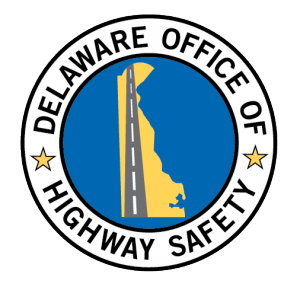
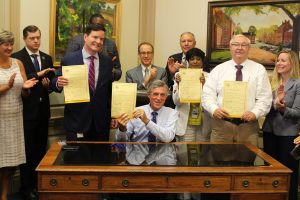

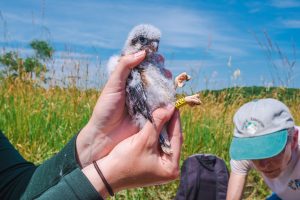


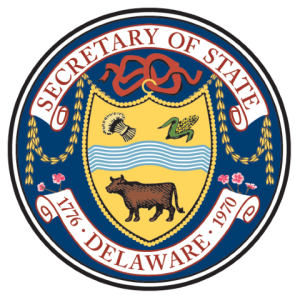

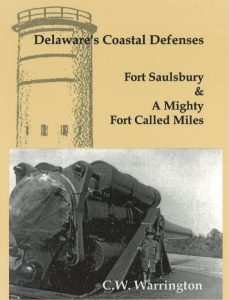

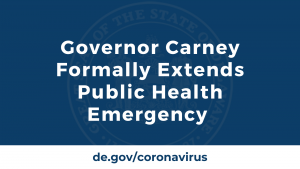


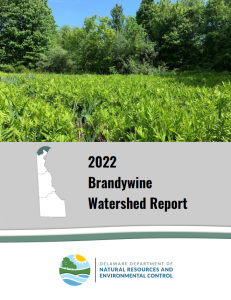


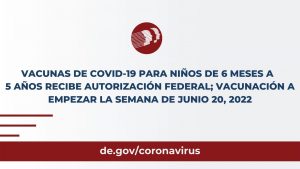

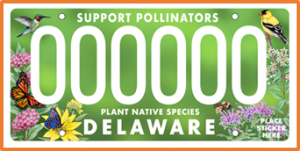

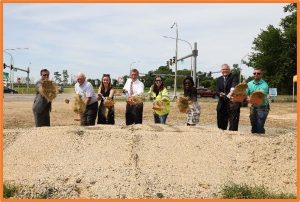
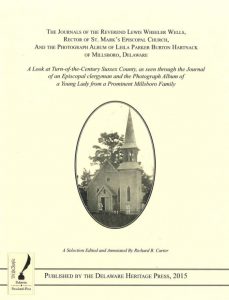
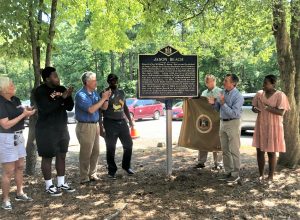
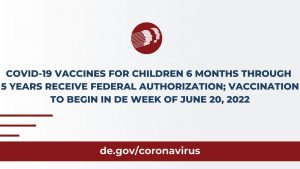
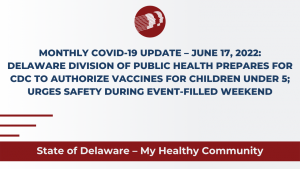
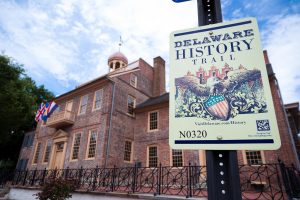
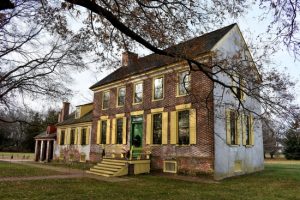
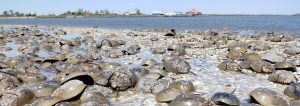


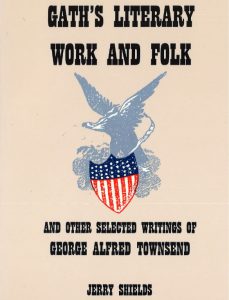


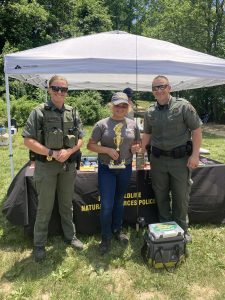


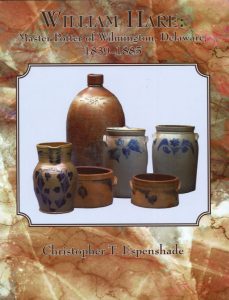



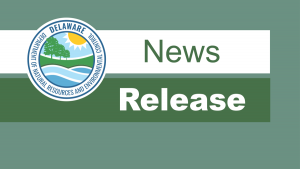
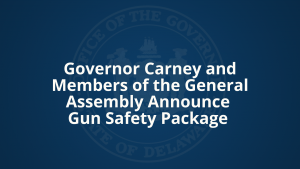







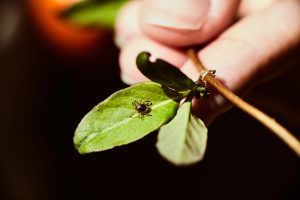
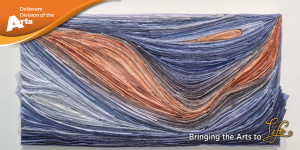
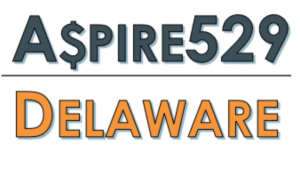
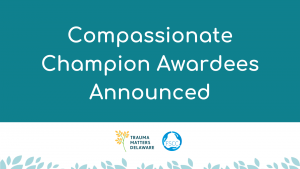
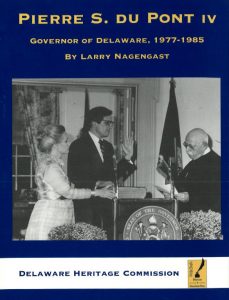

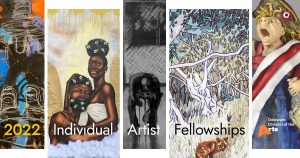

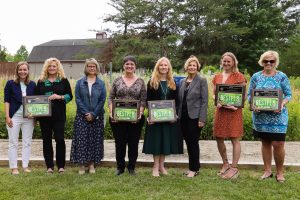
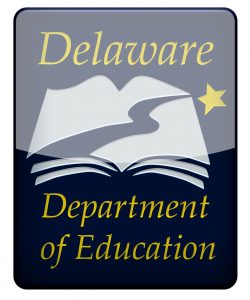
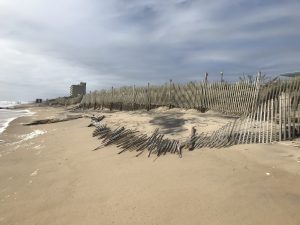

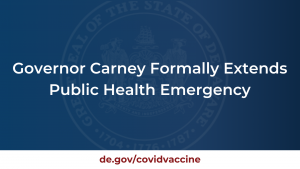

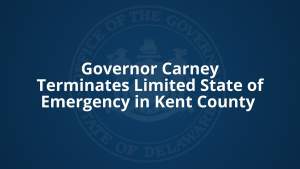


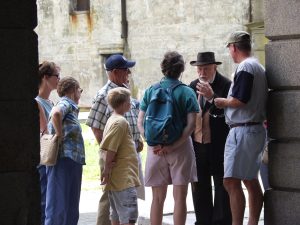

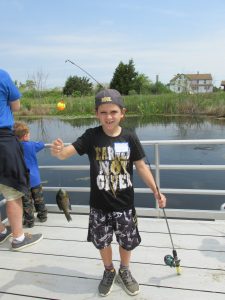
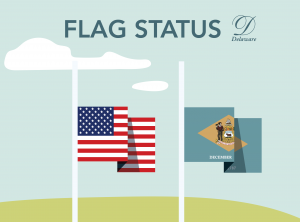
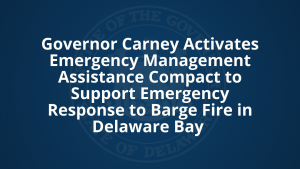

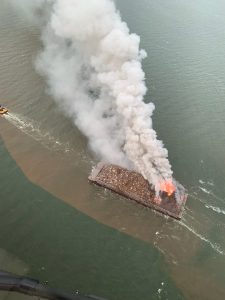
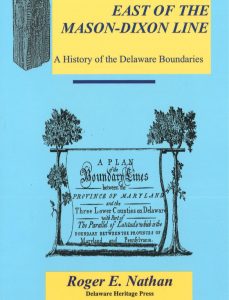
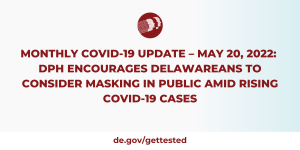




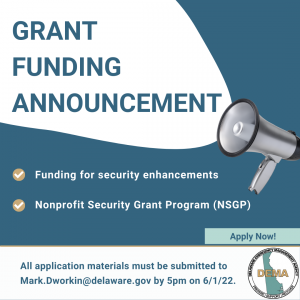



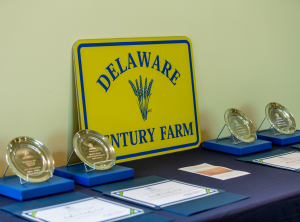


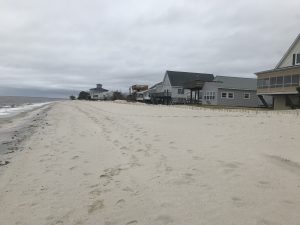
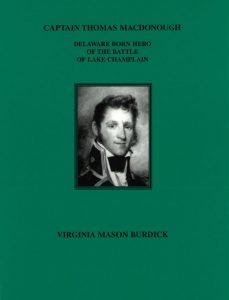
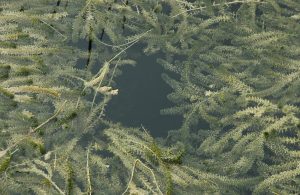
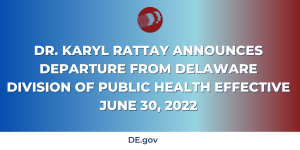















0 Response to "DNREC and Nonprofit Partners Promote, Monitor Nesting Success of American Kestrels - State of Delaware News - news.delaware.gov"
Post a Comment